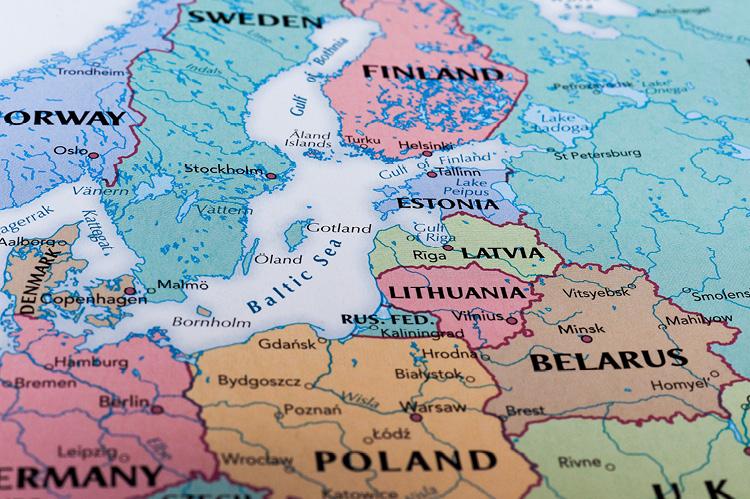Baltic Sea Gas Pipeline Operators Sign MoU to Speedup Hydrogen Infrastructure Development

Nine Baltic Sea-based natural gas Transmission System Operators (TSOs) around the Baltic Sea signed an MoU on Monday, June 17, 2024, to collaborate on developing hydrogen infrastructure and fostering a regional hydrogen market, Gascade announced in a press release.
The MoU establishes cooperation between GAZ-SYSTEM (Poland), Energinet (Denmark), Elering (Estonia), Gasgrid Finland (Finland), Nordion Energi (Sweden), Gascade Gastransport and Ontras Gastransport (Germany), Amber Grid (Lithuania), and Conexus Baltic Grid (Latvia).
Through the new collaboration, the natural gas TSOs are looking to coordinate efforts for hydrogen infrastructure development, including transmission and storage.
The companies will also share information on renewable hydrogen production, market developments, and demand, while also working closely with the EU's Baltic Energy Market Interconnection Plan (BEMIP) group.
“We are pleased to be part of this important and necessary cooperation between transmission system operators in the Baltic Sea region. The hydrogen infrastructure in and around the Baltic Sea must be planned and built in an integrated manner. This is the only way to leverage the hydrogen potential on our doorstep - both onshore and offshore,” GASCADE Managing Director Ulrich Benterbusch stated in a press release.
The Baltic Sea region holds significant renewable energy reserves and resources that can supply up to 45% of the EU's clean hydrogen production target by 2030 as outlined in the REPowerEU plan. This potential lies in onshore and offshore wind power, which can be harnessed for hydrogen production and create a clean hydrogen market.
Companies in the region are already developing new hydrogen pipeline infrastructure to unlock this potential and deliver hydrogen from production areas to demand centers. This infrastructure development aligns with the REPowerEU plan and the goals set by the 2022 Marienborg Declaration signed by Baltic Sea nation leaders.
The MoU concretizes the declaration's objective of "exploring joint cross-border renewable energy projects and identifying infrastructure needs" by facilitating coordinated infrastructure development.
"Development of new infrastructure for both hydrogen and electricity will be crucial for accessing renewable energy sources," the MoU states. "This will require cooperation between TSOs in the Baltic Sea region."
The initiative aligns with the EU's agenda and the Marienborg Declaration to reduce reliance on Russian fossil fuels, accelerate climate goals, and improve European energy security.
As stated in the release, the planned hydrogen infrastructure network is expected to cover Finland, Sweden, the Baltic states, Poland, and Germany by 2030, supporting the achievement of EU and regional targets.
Several large-scale cross-border hydrogen infrastructure projects are underway, including the Nordic-Baltic Hydrogen Corridor, the Baltic Sea Hydrogen Collector, the Bornholm-Lubmin Interconnector, and the Nordic Hydrogen Route.
